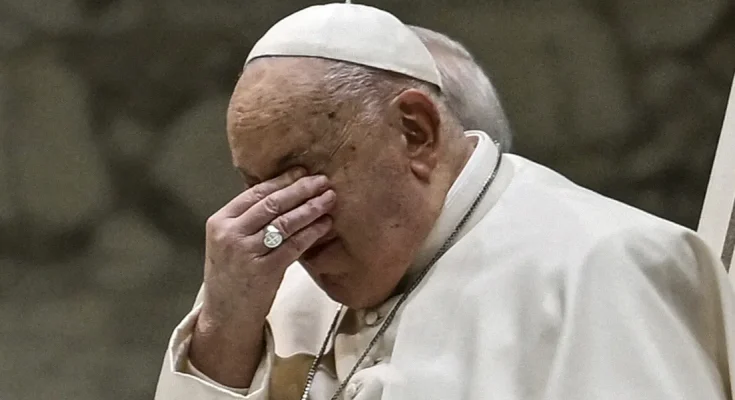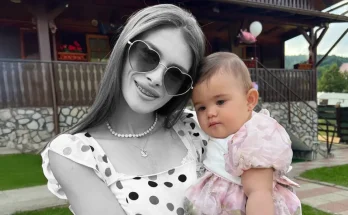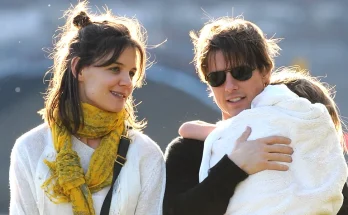From lying unresponsive to slipping into a coma and receiving a final caress from his trusted surgeon, Pope Francis’ last moments unfolded quietly and solemnly. Take a closer look at how the Pontiff spent his final hours.
Sergio Alfieri, Pope Francis’ personal surgeon and coordinator of his medical team during hospitalizations, recounted the Pontiff’s final moments with a heavy heart. “His eyes were open, he didn’t answer me. There was nothing to be done,” Alfieri said of his last encounter with the Holy Father at dawn on Monday, April 21.
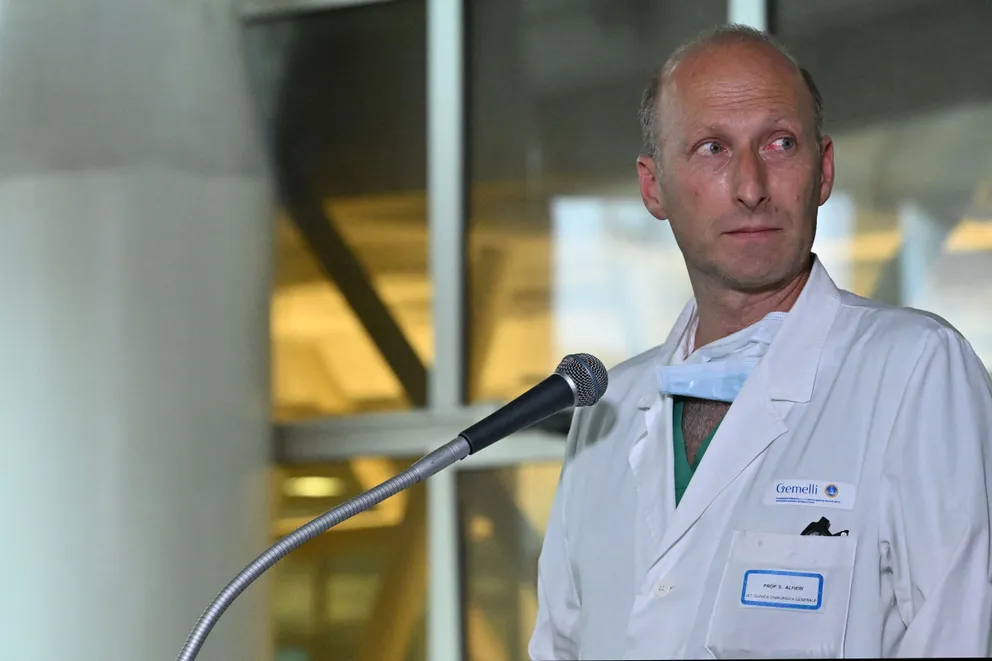
Alfieri, head of abdominal oncology surgery at Gemelli Polyclinic, spoke openly for the first time about the details and plans that shaped a relationship “of esteem and affection” with Pope Francis, a bond that began in 2021 when he first operated on the Pontiff.
Despite the gravity of his illness, Pope Francis approached the end of his life with characteristic resolve. Returning to work, Alfieri explained, “was part of the therapy,” and the Pope never exposed himself to danger.
His decision to engage with the public, including accepting his health care assistant Massimiliano Strappetti’s proposal to walk through the crowd in St. Peter’s Square, reflected his determination to fulfill his mission to the very end.
Alfieri last saw Pope Francis on Easter Eve, after lunch on Saturday. “I can say he was very well, he told me so himself,” Alfieri recalled. He had brought the Pontiff a dark tart, a favorite treat, and they enjoyed a brief conversation.
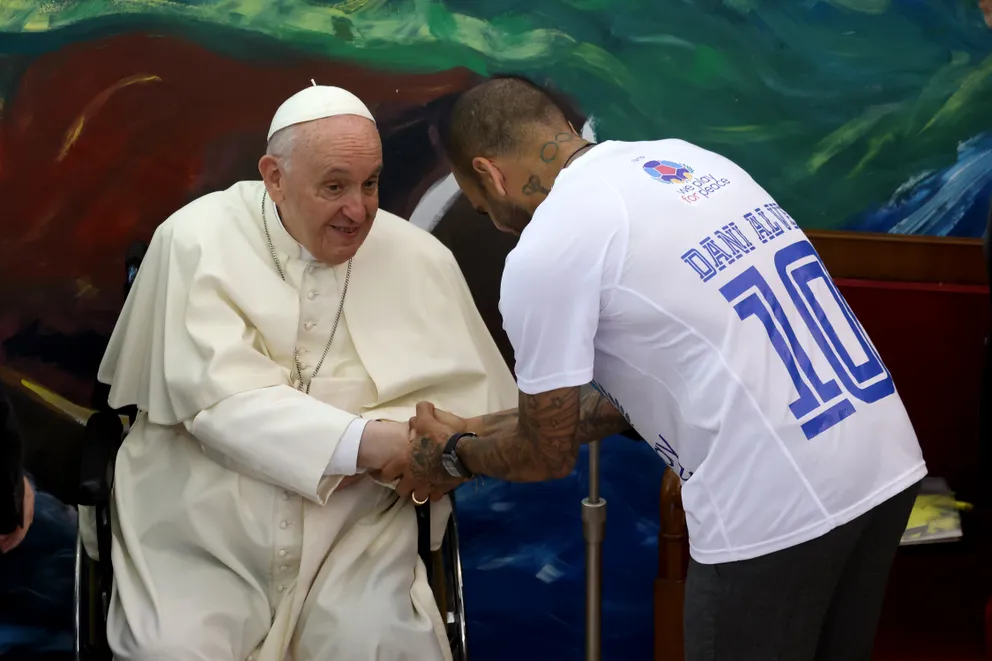
“I’m very well. I started working again, and I’m up for it,” Pope Francis said, excited about delivering the Urbi et Orbi blessing the next day. They agreed to meet again on Monday.
There had been no push to keep the Pope from his duties, despite Alfieri’s original prescription of 60 days’ convalescence. “It was right,” Alfieri affirmed. “He is the Pope.”
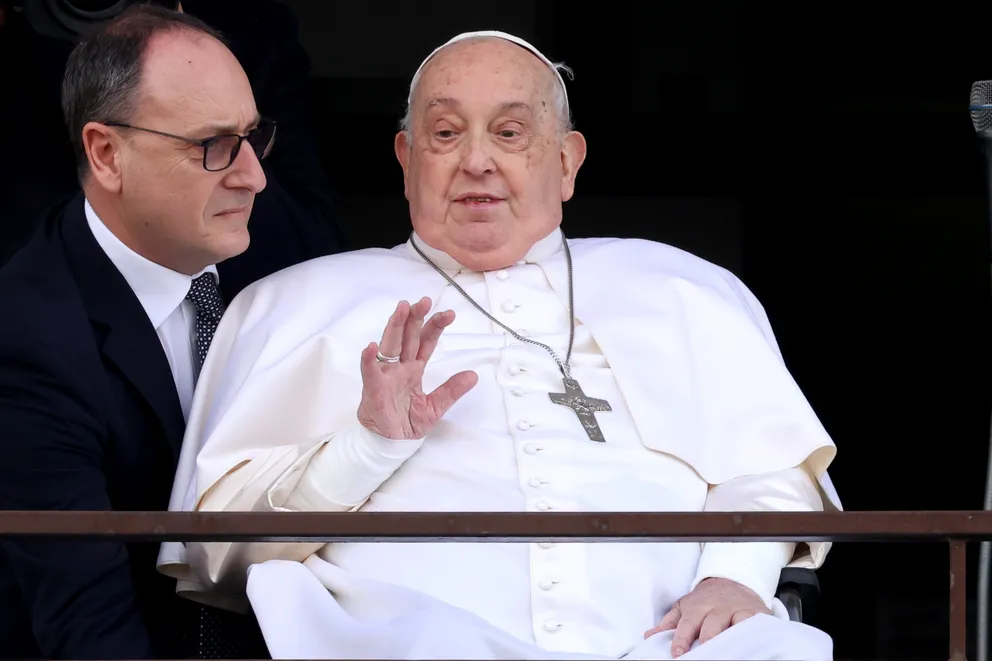
10 days earlier, the Pope had asked Alfieri to arrange a meeting with everyone who had treated him at Gemelli. Although Alfieri suggested postponing until after Easter, Pope Francis insisted, “I’m meeting them on Wednesday.”
Alfieri now believes the Pontiff felt he had important tasks to complete before his passing. Sadly, the call that changed everything came early Monday morning. “At about 5:30 a.m. I got a call from Strappetti. ‘The Holy Father is very sick, we have to go back to Gemelli,'” Alfieri recalled.
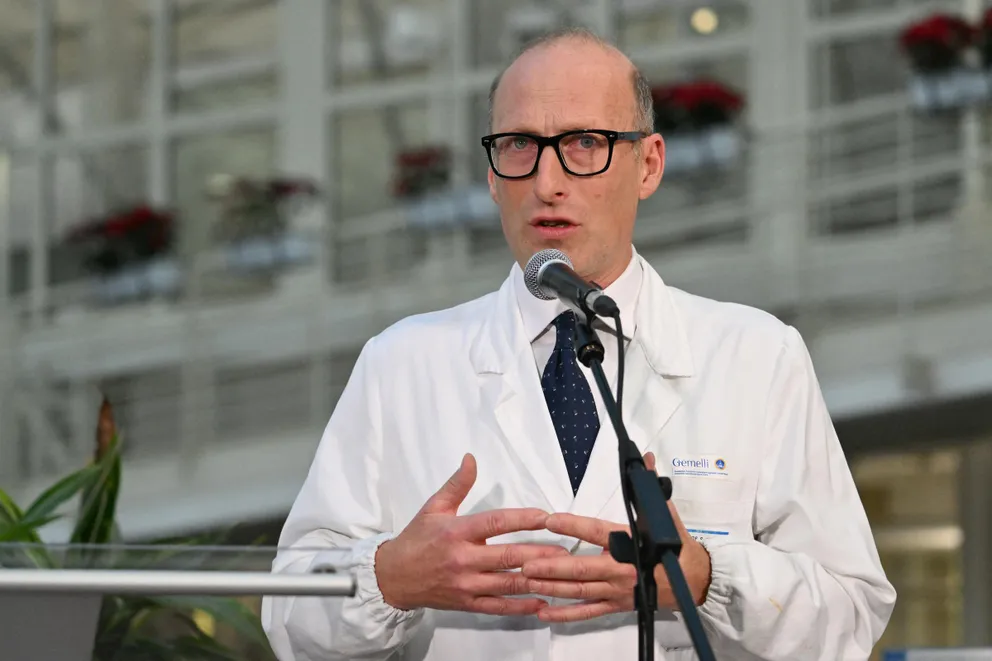
Within 20 minutes, he arrived at Santa Marta. Entering the Pope’s room, he found him with his eyes open but unresponsive. “He did not respond to stimuli, even painful ones,” Alfieri said. “At that moment I realized that there was nothing more I could do. He was in a coma.”
Transferring him to the hospital was ruled out, as the risk of dying in transport was too great. Knowing the Pope’s wish to die at home, Alfieri and the small group around him — including Strappetti, other nurses, and secretaries — stayed by his side until the end.

Cardinal Parolin soon arrived and led a rosary prayer. “I felt privileged and now I can say that I was,” Alfieri said. As a final farewell, he gently caressed the Pontiff.
Reflecting on their history, Alfieri remembered meeting Pope Francis for the first time in 2018 as a consultant surgeon for the Holy See. The Pope had invited the medical team to a Mass at Santa Marta, where he personally greeted everyone afterward.
Two years later, when Pope Francis began suffering from severe abdominal pain due to diverticular disease, he consulted multiple doctors before ultimately choosing Alfieri for his surgery. Alfieri believed the Pope selected him because he had the most experience in colon-rectal surgery in Italy.
Their first consultation was brief and unexpected. After reviewing the CT scan, Alfieri encountered the Pontiff leaving the Vatican clinic. A few days later, he formally informed Alfieri of his decision.
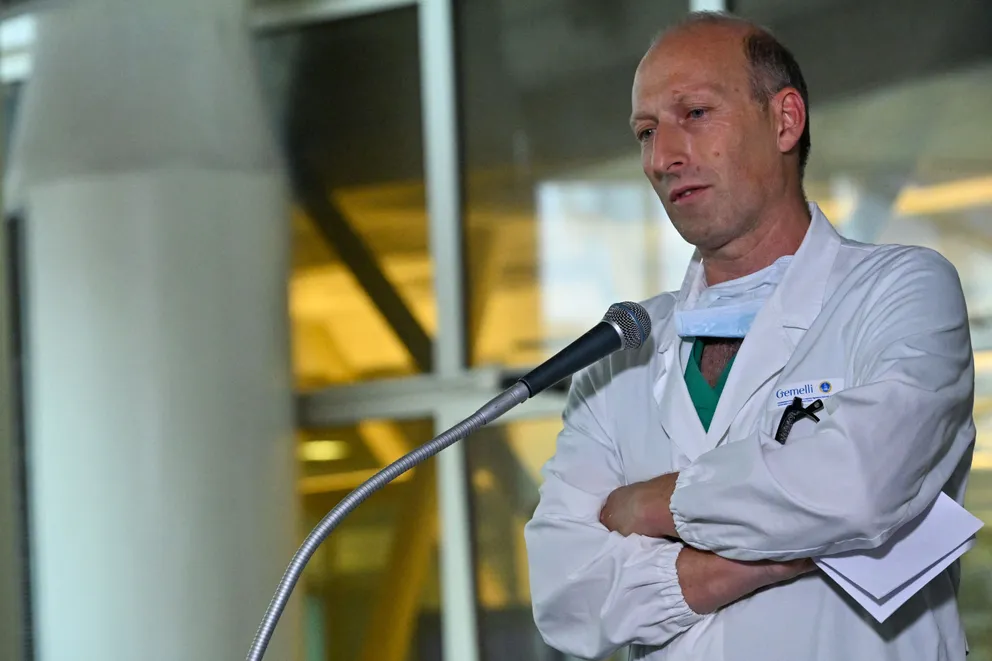
“I decided to have surgery and I chose you,” he said. Alfieri insisted the surgery be performed at Gemelli, and the Pope agreed under one condition. “I will arrive on Sunday after the Angelus. No one will have to know. If the news gets out I won’t operate anymore,” he stated.
The secrecy was successfully maintained, with the official cover story being a confidential visit from a foreign head of state. Then, just before surgery, an unforgettable moment occurred.
Strappetti informed Alfieri that the Pope wished to see him. “He blessed my hands,” Alfieri revealed. The gesture, a private message between the three of them, symbolized the Pope’s encouragement to work not only with skill but also with heart.
The relationship between Alfieri and Pope Francis grew stronger over time. After the surgery, complications required the Pope to stay secluded for a week.
On the third day, he hosted a pizza meal, sitting at the head of the table — an experience Alfieri described as another life privilege. A second surgery also remained confidential, reaffirming the Pope’s dedication to public health and Catholic hospitals.
Following his recovery, he publicly demonstrated his commitment by returning to Gemelli, underscoring the significance of accessible Catholic healthcare.

During the Pontiff’s final hospitalization, there were nights when Alfieri feared the worst. “We knew he wanted to come home to be Pope until the last moment. And he did not disappoint us,” Alfieri said, reflecting on a life and a mission completed with dignity, purpose, and profound faith.
As those closest to him later revealed, Pope Francis’ final moments were also marked by nine poignant words and a simple gesture of farewell with his hand to the man who had stayed by his side throughout his illness.
Pope Francis died on Easter Monday, April 21, 2025, at the age of 88 at his residence in the Vatican's Casa Santa Marta. pic.twitter.com/jUIkbplVi2
— Vatican News (@VaticanNews) April 21, 2025
Before his death, he whispered his last known sentence — “Thank you for bringing me back to the Square.” Those words were addressed to Strappetti, the nurse who had become a central figure in the Pope’s final years.
More than a caregiver, Strappetti was the man who once saved the Pope’s life by recommending colon surgery. For his unwavering dedication, Pope Francis appointed him as his personal healthcare assistant in 2022.

Strappetti remained at the Pope’s side throughout his final hospitalization at Rome’s Gemelli Hospital and later at the Casa Santa Marta, where he kept round-the-clock watch.
On Easter Sunday, Strappetti was by the Pope’s side during the Urbi et Orbi blessing — what would be Pope Francis’ last public appearance. The day before, they had reviewed the path he would walk to the Central Loggia of St. Peter’s Basilica.
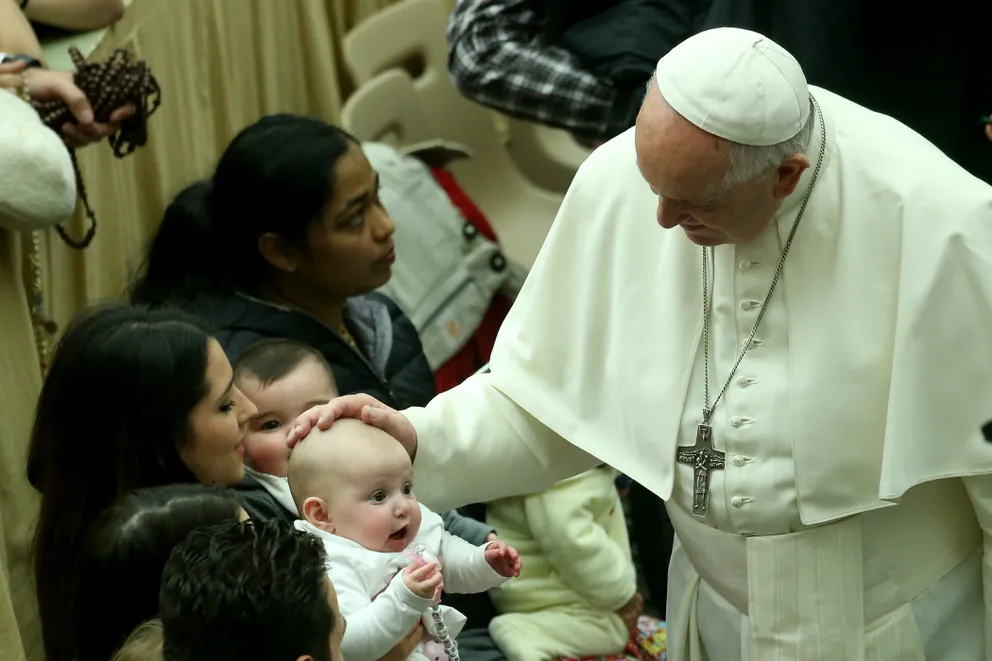
Pope Francis had hoped to surprise the 50,000 faithful gathered in the square by riding in the popemobile after the blessing. But he hesitated and sought his assistant’s guidance, asking, “Do you think I can manage it?”
He did. That Sunday, he returned to the square, embracing the crowd and paying special attention to children. It was his first popemobile ride since his hospital discharge — and the final one of his life.
Tired yet content, he turned to Strappetti and said, “Thank you for bringing me back to the Square.” In that moment, he revealed the depth of his desire to be close to the people, a principle that had defined his papacy from the start.
Later that day, he had a quiet dinner and went to bed. Around 5:30 a.m. the next morning, he showed signs of sudden illness. The medical team responded immediately, but about an hour later, Pope Francis slipped into a coma.
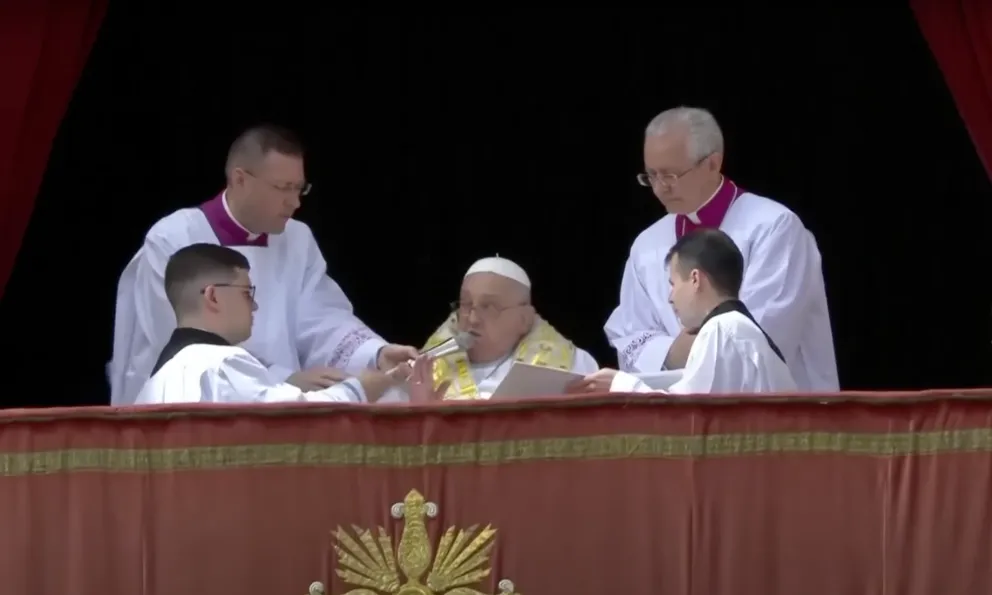
Just before losing consciousness, lying in his bed on the second floor of Casa Santa Marta, he offered a final gesture — a wave of the hand to Strappetti.
According to those present, he did not suffer. The death was sudden and discreet, in keeping with the Pope’s reserved nature regarding his health.
From the moment of his election on March 13, 2013, Pope Francis had pledged to walk “together” with the people of God. In his last hours, he made good on that promise with humility, warmth, and grace.
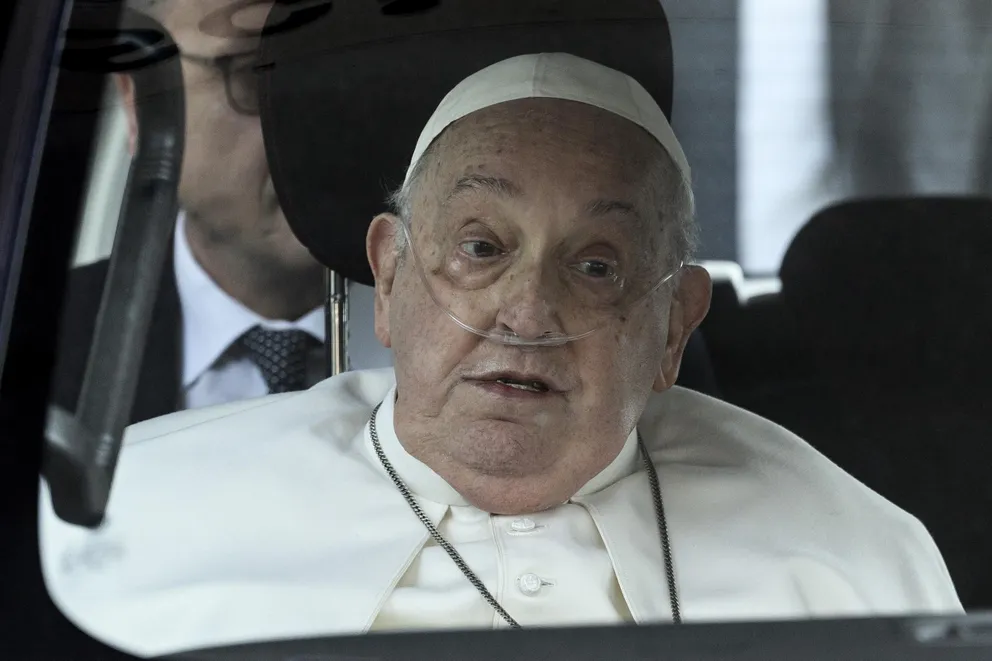

The cause of death was confirmed as a stroke, followed by a coma and irreversible cardiocirculatory collapse. Dr. Andrea Arcangeli, Director of the Directorate of Health and Hygiene of the Vatican City State, issued the official certification.
A report released by the Holy See Press Office detailed the Pope’s medical history, which included acute respiratory failure from multimicrobial bilateral pneumonia, multiple bronchiectases, high blood pressure, and type 2 diabetes. His death was confirmed via electrocardiographic thanatography.
